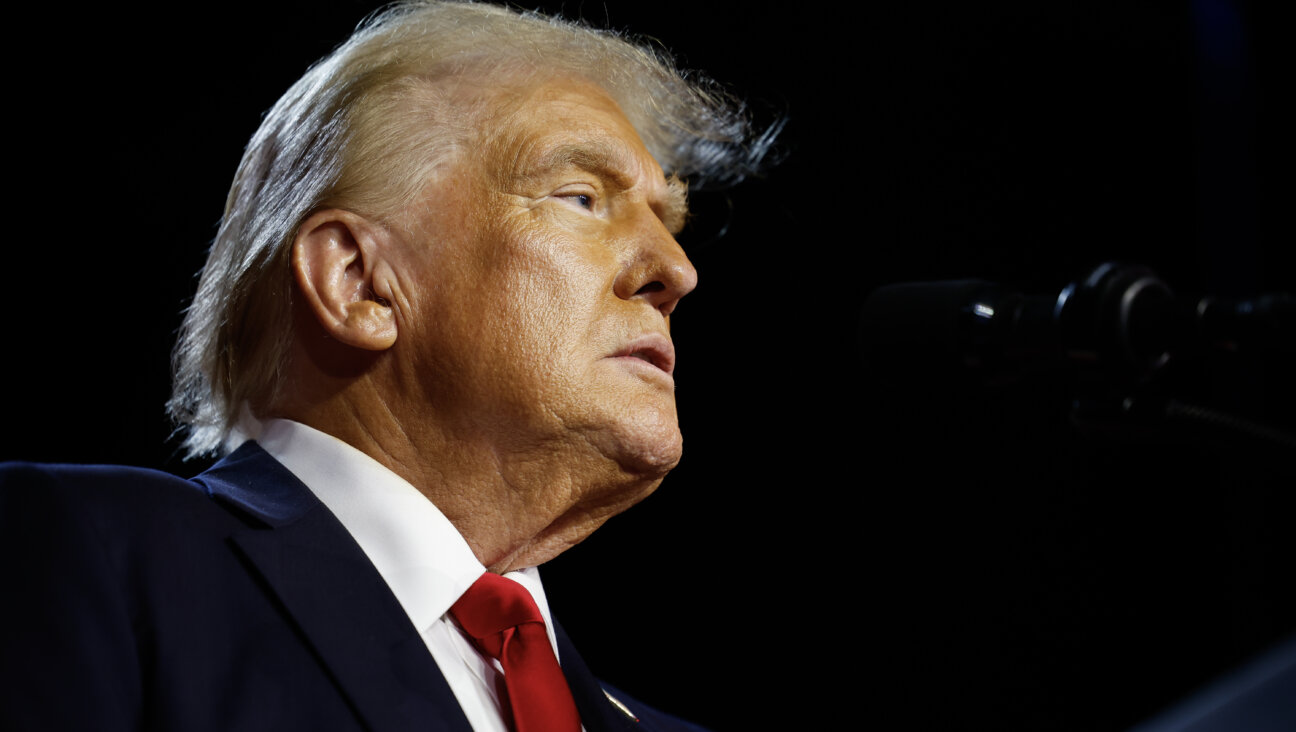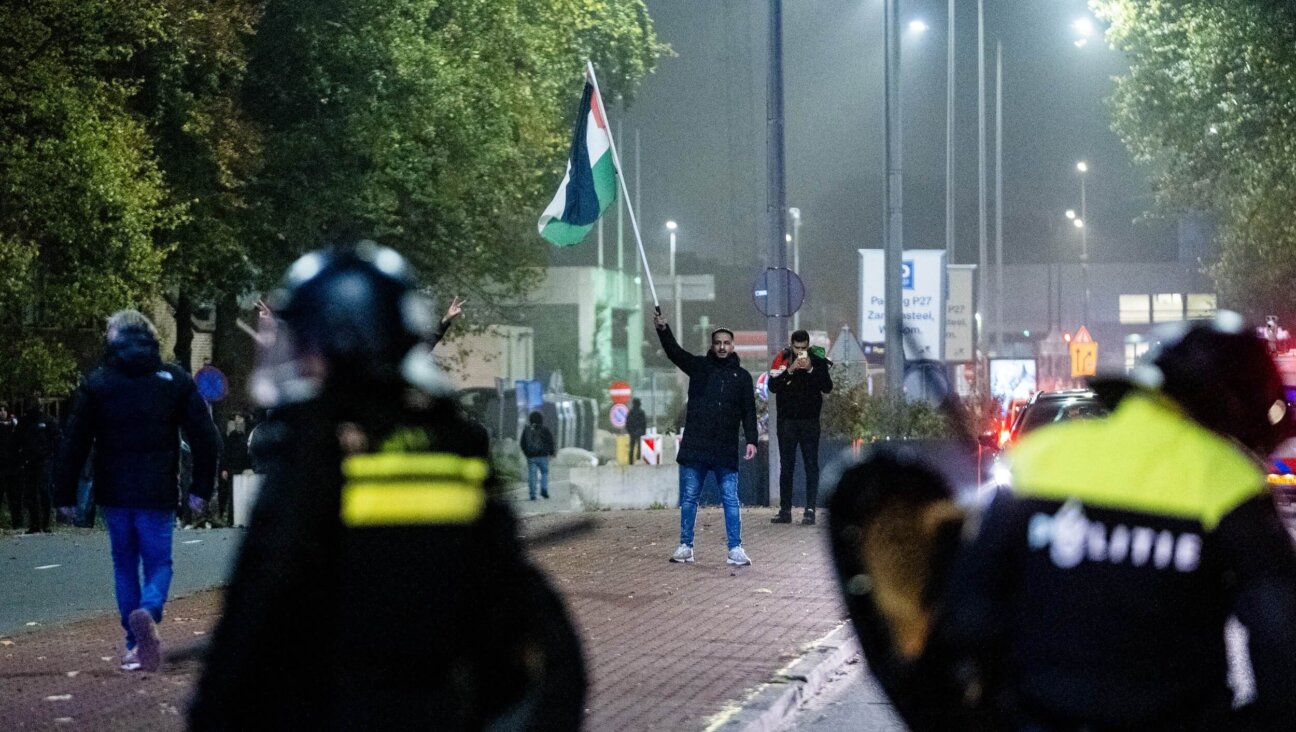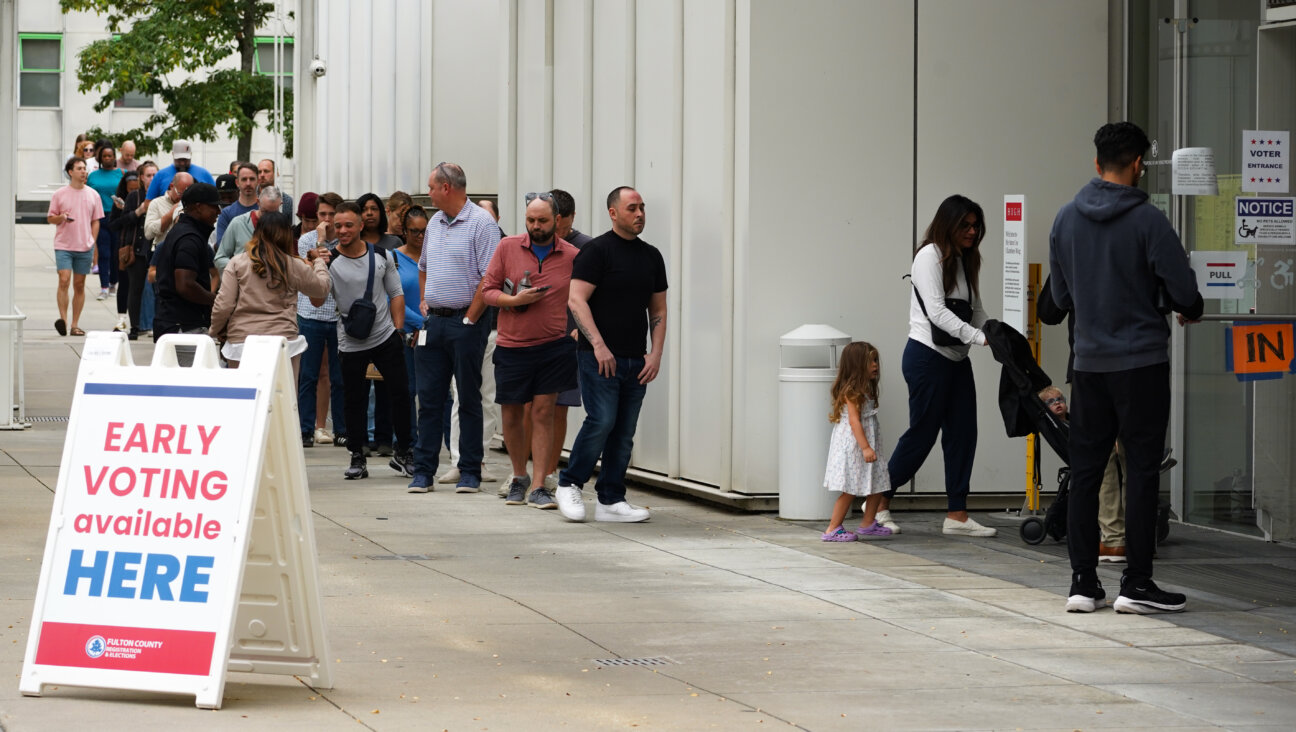Could Israel’s gestures towards Gaza during the pandemic turn into a new policy?

Image by Getty Images
This week marks the 13th anniversary of Hamas’s violent takeover of Gaza. In response to that takeover, Israel established a punishing blockade and a series of sanctions, including cutting power and heavily restricting the movement of individuals and imports and exports. These sanctions have ebbed and flowed, getting stricter during escalations, and loosening up in periods of calm. In the intervening years, there have been many escalations, three major wars, and the senseless killing of thousands of Gazan civilians and dozens of Israelis. What’s clear is that if the blockade was an attempt to topple Hamas, it has failed miserably.
The opposite, in fact, is true. Israel’s siege has led to the delegitimization and silencing of domestic opposition against Hamas. And though Hamas engages in civil rights abuses, using detention to punish critics where torture is used to further prevent dissent, it is the Israeli blockade that stole our freedom of movement, that dictates what food and medicine is allowed into the Strip and what not. It is Israel that decides when the lights go on and when they go off.

Muhammad Shehada Image by Noah Lubin
This lack of freedom, coupled with the daily indignities of life under siege, make Hamas seem like an attractive alternative to many Gazans when positioned as the main challenger to Israel’s blockade. In other words, rather than weakening Hamas, the blockade has made it stronger. Even when the majority of the population feels often deeply enraged by Hamas’ repression, few dare protest Hamas when the blockade is doing even greater damage to society.
And if security was the reason for the blockade, it’s failed immeasurably. Before 2007, Hamas had a primitive collection of homemade projectiles and improvised rockets. Now it has a sophisticated network of tunnels, thousands of projectiles and mortars, and tens of anti-tank missiles and drones. And while support for armed resistance fluctuates in Palestinian society, whenever Israel strikes Gaza or tightens the blockade, the discourse immediately shifts to Hamas’ advantage, and support for its rockets rises.
It’s clear that the stricter and more violent Israel’s blockade becomes, the more miserable Gazans are made, and the stronger and more empowered Hamas emerges.
But what if Israel tried a different approach to Gaza? What if instead of punishing Gazans for Hamas’s actions, Israel offered them a humane and compassionate face? What if rather than caging us in this toxic open-air prison to pay for Hamas’ actions (which we haven’t even voted for since 2006), Israel gave Gazans something to lose, something worth living for?
We got a glimpse of what this more humane treatment might look like during this exceptional era of the coronavirus crisis. Small cracks of light began to emerge in the blockade’s walls around Gaza, cracks that should be invested in and developed, that might move us from hostility to peaceful co-existence.
Since early March, for instance, “Israeli merchants have flooded Gaza garment factories with new orders” for masks, The New York Times reported. As a result, Gazan factories exported millions of masks and hundreds of thousands of protective suits to Israel.
In April, in an unprecedented move, Hamas’s Ministry of Health coordinated with Israel to send 20 Gazan medical professionals into Israel to receive training from their Israeli counterparts on combating Covid-19.
In May, the Israeli company Watergen donated a drinking-water generator to Gaza’s only pediatric cancer hospital to help address the effects of water pollution in the besieged enclave.
What Israel should do is build on these touching gestures, and go from the occasional, symbolic, tentative easing of the blockade to the sustainable and permanent revival of Gaza. Israel must try a different approach to Gaza’s civilian population and see how the results would substantially differ the reality they encounter there.
Before the blockade, Gaza and Tel Aviv were designated “twin cities” in a 1998 agreement. The relationship was frozen 10 years later until the return of “better days.” Restoring this bond now would allow for rebuilding and fostering trust between the two populations.
Gaza boasts a fertile agricultural sector that used to export flowers, strawberries and other crops to Europe. Lifting restrictions on Gaza’s commercial access to Israeli, West Bank and international markets would dramatically alleviate the economic pressure on the population.
Gaza also had a growing industrial sector that has been compromised by the siege and wars. Reviving it would reduce staggering unemployment amongst the beleaguered population.
Finally, allowing passenger access to Gaza would revive its tourism industry. Gaza could be home to luxurious four and five-star hotels, Western-style restaurants, memorable resorts, cavernous malls and museums that showcase its rich history, some of which exist but have been gathering dust when not even West Bank Palestinians are allowed into the enclave.
Such measures can be easily undertaken without necessarily empowering or weakening Hamas. They would certainly have a more meaningful impact than handing Hamas millions of dollars in Qatari cash each month to buy its silence.
Positively changing Israel’s approach to Gaza would preempt the pretext for Hamas’ rhetoric. Otherwise, the only outcome of Israel’s continued blockade is a stronger Hamas and more agonized, infuriated and despaired Gazans.
Muhammad Shehada is a contributing columnist for the Forward from Gaza. His work has also appeared in Haaretz and Vice. Find him on Twitter @muhammadshehad2.
A message from our CEO & publisher Rachel Fishman Feddersen

I hope you appreciated this article. Before you go, I’d like to ask you to please support the Forward’s award-winning, nonprofit journalism during this critical time.
At a time when other newsrooms are closing or cutting back, the Forward has removed its paywall and invested additional resources to report on the ground from Israel and around the U.S. on the impact of the war, rising antisemitism and polarized discourse.
Readers like you make it all possible. Support our work by becoming a Forward Member and connect with our journalism and your community.
— Rachel Fishman Feddersen, Publisher and CEO























